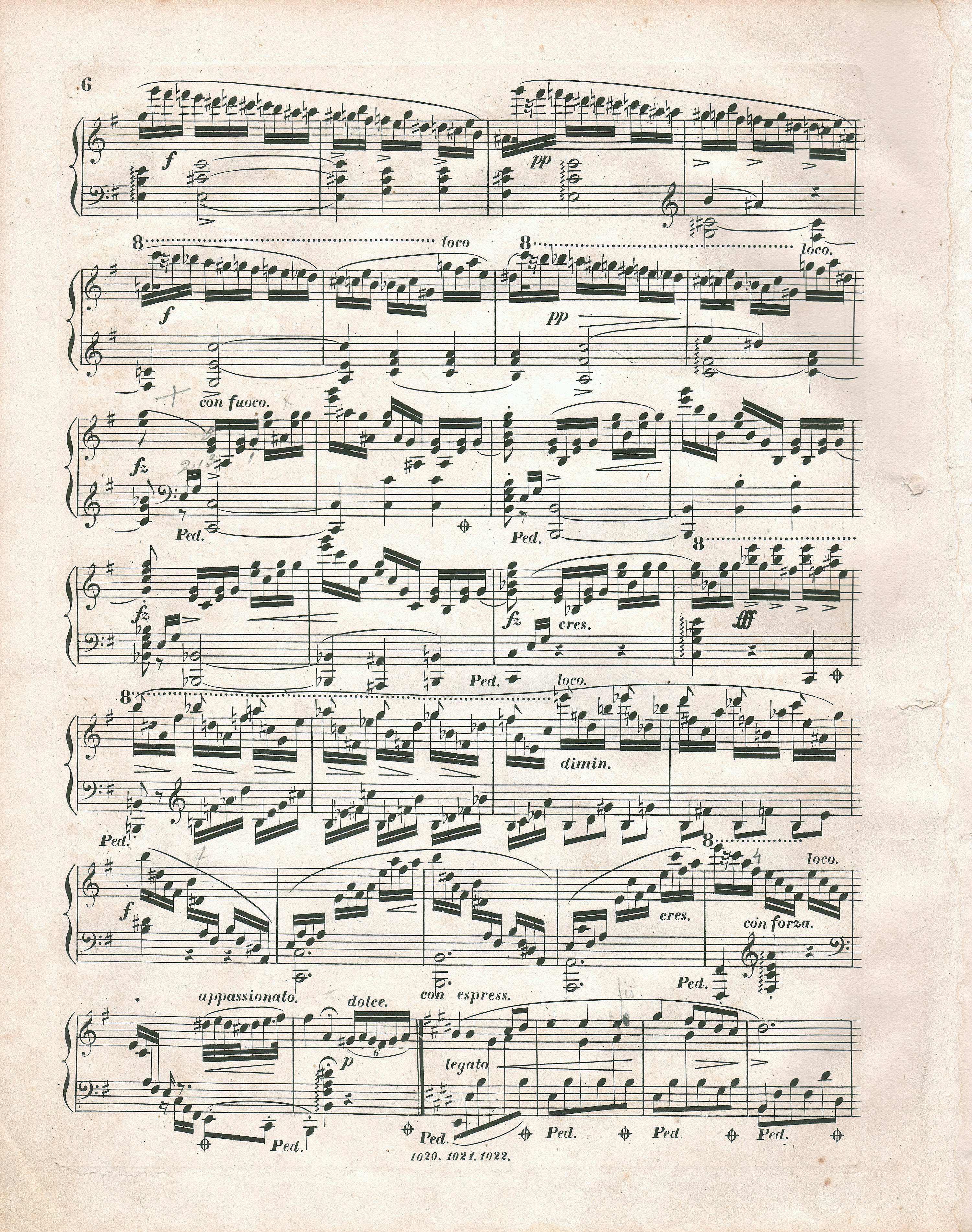



The tie between the minim and the crotchet is placed in FE (→GE1→GE2) at the pitch of d1, so it may apply both to c1 and f 1. Both versions are possible:
1. Both versions are possible:
-
the tie of f
 1 results in a rhythmic analogy with bar 198 – playing the bass note on the 3rd beat of the bar. Moreover, the tie of c1, running to the next bar, is placed slightly lower in FE, which may suggest that the engraver meant ties concerning different notes.
1 results in a rhythmic analogy with bar 198 – playing the bass note on the 3rd beat of the bar. Moreover, the tie of c1, running to the next bar, is placed slightly lower in FE, which may suggest that the engraver meant ties concerning different notes. - the tie of c1 emphasises the progression of thirds in combination with the next bar.
Entrance of the Tutti chord in  makes the difference between both versions minimal. In the main text, we opt for the version with a tie of f
makes the difference between both versions minimal. In the main text, we opt for the version with a tie of f 1, since Chopin could have written a prolonged c1 in a simpler way, without tie and a second note, as a dotted minim.
1, since Chopin could have written a prolonged c1 in a simpler way, without tie and a second note, as a dotted minim.
Compare the passage in the sources »
category imprint: Graphic ambiguousness; Differences between sources
issues: Inaccuracies in FE
notation: Rhythm



